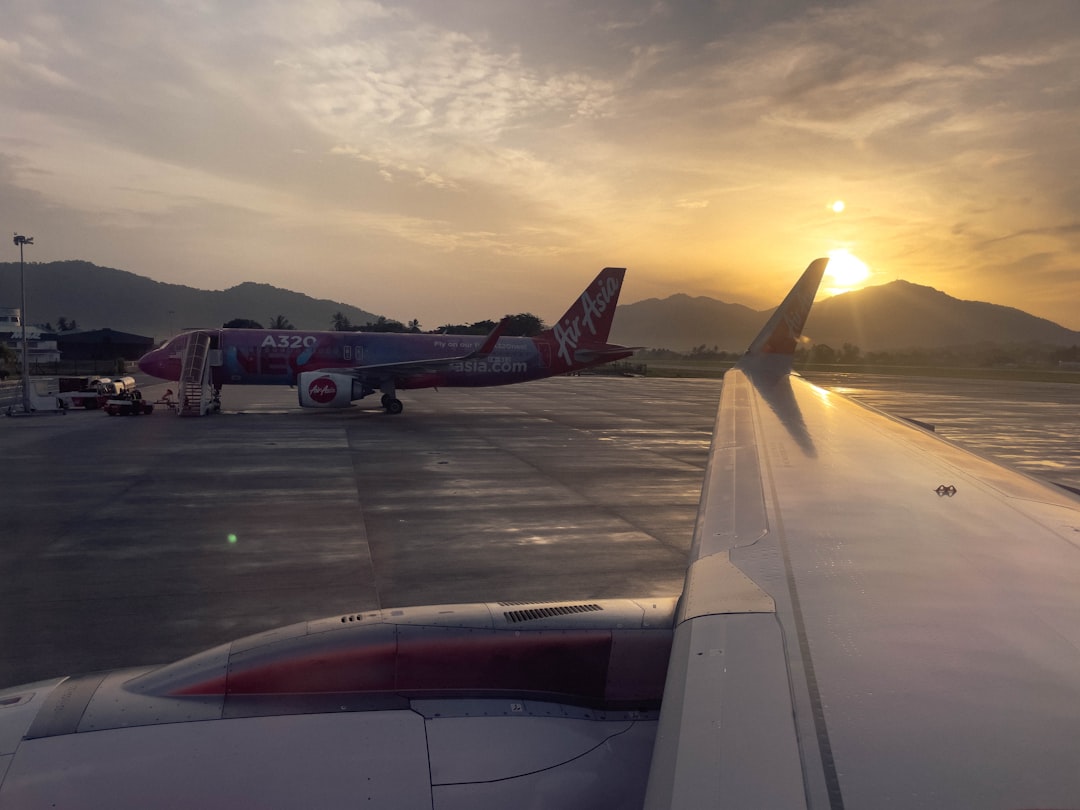
Shareholders have officially approved the buyout of AirAsia by its long-haul associate, Capital A, marking a significant milestone in the company’s restructuring plan. This decision is seen as a strategic move to enhance the group’s operational efficiency and boost its financial performance as the airline industry continues to recover post-pandemic. The acquisition will allow for greater integration between the budget carrier and its long-haul arm, leading to more streamlined operations and cost efficiencies.
Key Highlights of the Buyout:
Strategic Integration: The buyout aims to create a more cohesive business model, combining AirAsia’s short-haul expertise with its associate’s long-haul operations under one umbrella, enhancing route connectivity and passenger experience.
Cost Synergies: By consolidating operations, the company expects to achieve significant cost savings through shared resources, better fleet management, and optimized scheduling.
Post-Pandemic Recovery: With global travel rebounding, this merger positions AirAsia to capitalize on rising demand in both short-haul and long-haul markets, while adapting to changes in consumer travel behavior.
Financial Reboot: Capital A, formerly known as AirAsia Group, has been undergoing financial restructuring to ensure a sustainable future. This buyout forms a core part of its plan to return to profitability.
Market Outlook and Investor Sentiment
With the completion of this acquisition, analysts are optimistic about the airline’s ability to regain momentum. As air travel continues to bounce back, AirAsia is likely to benefit from both domestic and international market growth, particularly in the Southeast Asian region, where the demand for budget travel remains robust.
However, challenges remain, including fluctuating fuel prices, inflation, and currency volatility, which could impact profit margins.
Leveraging Financial Modeling Prep (FMP) APIs for Investment Insights
Investors looking to analyze the financial performance and stock prospects of AirAsia following this buyout can benefit from Financial Modeling Prep (FMP) APIs:
Full Financials API: This API offers detailed access to AirAsia’s full financial statements, helping investors assess the company’s revenue growth, profit margins, and other key metrics after the acquisition.
Company Rating API: Investors can track the overall rating of AirAsia and monitor changes in its rating post-buyout, providing a clearer picture of the airline’s financial health and long-term outlook.
Conclusion
The AirAsia buyout marks a significant step forward for Capital A in its quest to rebuild and expand its presence in the aviation sector. With strategic synergies and a more integrated operational structure, AirAsia is well-positioned to navigate the challenges of a recovering industry and capitalize on future growth opportunities. Investors, equipped with the right tools such as FMP APIs, can stay informed and make data-driven decisions during this critical phase.

